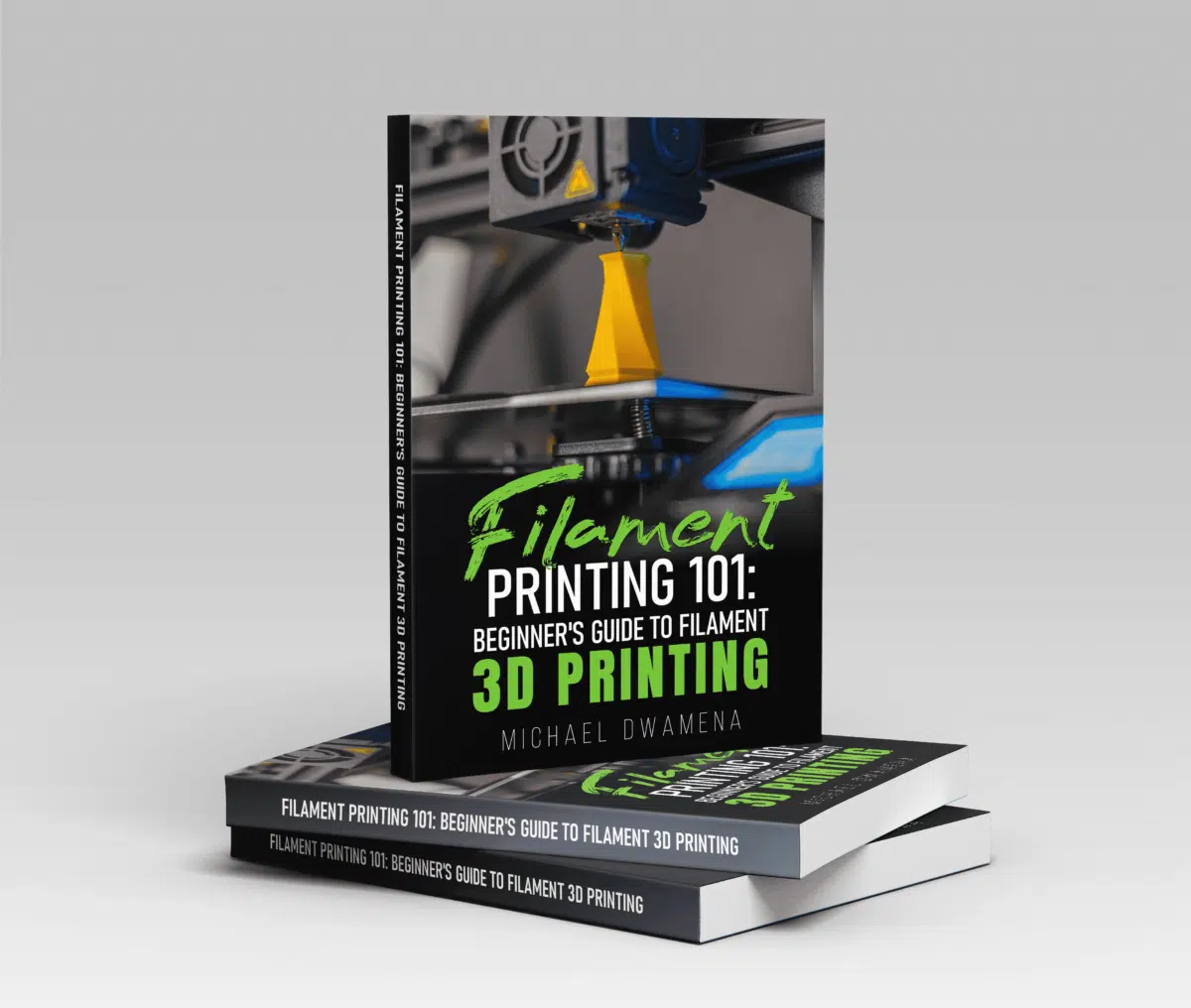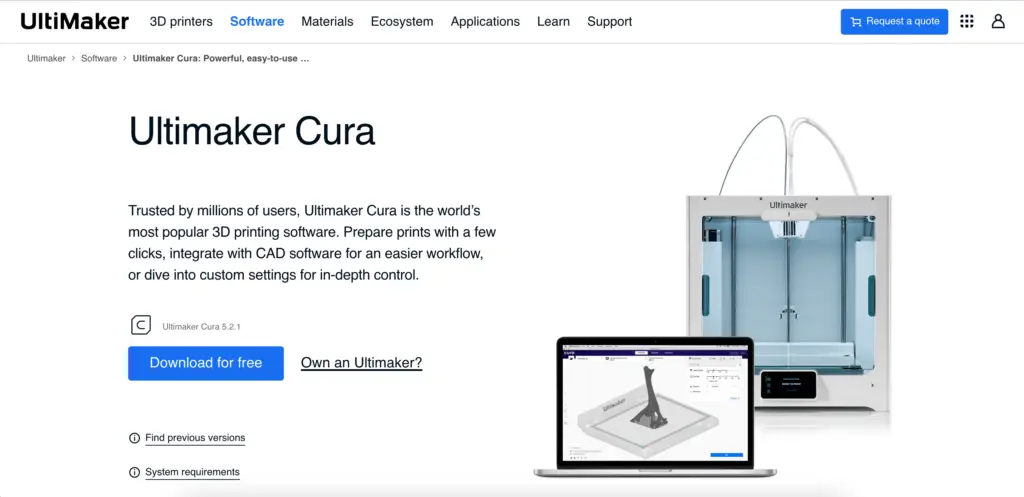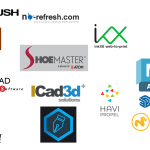Choosing the right infill pattern can make a major difference to the strength and durability of your 3D prints. That’s especially true if you’re building large parts or parts that might be used – such as buckles or gears.
A good infill pattern can ensure that your model stays solid – even under stress. Unfortunately, picking the right infill pattern for your model can take practice and a bit of paying attention to the geometry of the model and the infill pattern.
There is no strongest 3D printing infill pattern, although gyroid and cubic both come close. Instead, you’ll have to choose an infill pattern based on what you’re printing and what you want it to do. For example, if you’re printing small interlocking parts with 100% infill, you’ll need a rectilinear infill, otherwise, gyroid or cubic might be your best options.
6 Strongest Infill Patterns For 3D Printing
Cubic and gyroid are normally the two “strongest” infill patterns, although honeycomb can come quite close. However, there are plenty of other options to consider as well.
In most cases, the best infill pattern depends on what you’re printing, so while you can have favorites, it’s often good to mix up what you’re using based on what you’re printing.
1. Gyroid
Gyroid patterns are one of the most popular 3D print infill patterns because they deliver a mix of high speed and high strength.
They’re also nearly isomorphic, meaning they deliver nearly equal support to all sides. This means that you can print a gyroid pattern without considering orientation.
In addition, gyroid patterns are extremely strong at low density. This allows you to speed up print density by getting good strength even with less filament.
Conversely, however, you can’t print gyroid patterns at high density without causing vibrations in your printer, which can damage the print.
- Our new Filament Printing 101 Course is just for you! Lean how to create perfect professional prints without all the hassle.
- Don't let common mistakes hold you back, click the link to learn more and get ahead now!
The long slicing time is a disadvantage for many. However, once you slice it, you’ll be able to print at about the same speed as the cubic infill pattern – meaning you won’t lose much time. And, if you print more than one of the same model, you’ll barely notice a difference in speed.
Pros
- Equally strong from every direction
- Fast to print
- Low material usage
- Works very well at low densities
Cons
- Does not print well at high densities
- Requires significant slicing time
2. Cubic
Cubic infill patterns use a simple pattern of 3D cubes as infill. This provides significant strength that’s almost equal on the sides and the top/bottom.
This makes it almost equitable to gyroid patterns. In addition, without the convoluted wave pattern required by gyroid patterns, cubic infill slices faster.
Pros
- Prints quickly
- Good strength
- Printable at high densities
Cons
- May be weaker in some directions than others
- Has crossovers, which can cause filament buildup
3. Honeycomb
Honeycomb and 3D honeycomb patterns offer good strength. However, these elaborate patterns take a long time to print. In addition, they use more filament than either of the two above prints.
In a one-for-one comparison, though, 3D honeycomb is actually a stronger infill pattern than gyroid, when loaded from the top. On the other hand, it uses more filament and takes almost three times as long to print.
Often, the very high print speed requirements mean that people only choose honeycomb options when their slicer doesn’t do cubic or gyroid infill patterns. However, you may also prefer it for the small added strength.
In addition, there are some weaker “high print speed” honeycomb options – although these are still about half the print speed of gyroid.
Pros
- Strength
- Equal distribution of filament
Cons
- Slow
- Higher filament usage
4. Triangles
Triangles are one of the strongest “basic” 3D print patterns. It’s also a great choice for very large models, where you might want to increase the size of the triangle as you move towards the inside of the model.
Triangle infills offer good strength versus material usage and time to print – which makes them a great all-around option. In addition, with plenty of specific and custom variations for large models, high density models, etc., this is a very versatile infill option.
Pros
- Strength
- Versatile
Cons
- Weaker than the above infill patterns
- Uses more filament and takes longer to print than gyroid or cubic
- Does not distribute equal strength
5. Stars
Stars are a variation on triangle patterns, in which lines are shifted to form a series of large and small triangles. This distributes weight differently, meaning that the collapse points on the sides are positioned differently than on triangles.
This makes it ideal for objects where triangles is difficult to orient properly – and often a very good choice for large models.
Pros
- Strength
- Versatile
- Good for large prints
Cons
- Mostly no different than triangles
6. Rectilinear
Rectilinear infill is one of the most basic infill patterns and often the one most people start with. It’s also significantly strong.
And, if you’re printing at 100% infill, it’s the only pattern most slicers will allow you to print with. That’s because the infill pattern uses lines with each layer rotated 90 degrees in the next direction, so there are never any crossovers.
This means you can print at high density without clogging the nozzle. That also makes this one of the fastest infill patterns.
Pros
- Fast
- Offers good strength
- Prints well at very high densities
Cons
- Very weak at some angles
Factors Affecting Infill Strength
Infill strength depends on several factors, including the pattern, the direction of support needed, and the material you’re printing with.
So, an infill pattern that offers excellent strength on one model might be bad for another model.
Direction of Support Needed
Most 3D print infill patterns are strong in one or two directions. You can see this in the slicer, based on how the grids line up.
For example, triangle patterns offer very good top and side strength. However, diagonal force against the lines can result in collapse or damage – because the pattern isn’t strong there.
In addition, patterns might be weak in some areas because there’s no filament there. For example, a rectilinear skips a layer every other layer by rotating the infill pattern 90 degrees. This means there will be weak patches all the way up the model.
Strength of Material
It doesn’t matter what kind of infill pattern you use if you’re printing with a weak material. For example, if the material has been exposed to moisture and not dried, or if you’re exposing it to UV light.
Ensuring that you’re taking good care of your filament in between printing will improve the strength of your infill.
Geometry of Object
Thinner parts of an object will always require a denser infill or an infill with more horizontal strength.
In addition, some infill patterns don’t work well with very thin prints. For example, if you’re printing cubic and don’t have enough space to print a cube – you won’t get the full benefits of the infill pattern.
This means choosing an infill pattern that works with your object. It also means aligning the infill pattern with the object, to offer the best support in the weakest parts of the model.
Print Density
For many infill patterns, increasing print density increases the strength of the infill. However, that’s not always the case.
In addition, increases in benefits tend to start to taper off at about 80% infill density. Selecting the right density will often depend on what you’re printing and why.
You might also want to use different infill densities for different parts of the model.
Tips For Using Strong Infill Patterns
Choosing a strong infill pattern is normally relatively easy. In fact, gyroid and cubic infill patterns offer a very good balance between strength, filament usage, and speed for most prints.
If you want maximum strength and don’t care about speed, honeycomb patterns may be a better option. However, you’ll always want to assess what you’re printing and choose your infill pattern accordingly.
Align Infill with the Model
Most slicers automatically center infill patterns with the model. This may align weak parts of the infill with high stress parts of the model. For this reason, it’s important to stop and inspect the pattern and how it aligns with the model before printing.
Here, you can normally adjust the direction of the infill by rotating it diagonally. Depending on your slicer, that will mean changing the degree, dragging the infill and rotating it on the screen, or adjusting the start point.
In each case, your goal should be to ensure that the infill does not align weak spots with high stress points.
You can also choose to use something that offers good strength from all sides, such as gyroid or cubic patterns.
Choose An Infill That Meets Your Needs
It’s important to look at the shape, geometry, and requirements of your model and choose an infill option that meets those needs.
For example, if you have a model that is receiving force from multiple sides, gyroid is a great solution. On the other hand, if you need something that provides flexibility, you’d want something less traditional, like concentric rings.
Strength entirely depends on what else the model is doing.
This means that if you’re printing 100% infill for gears and other small interlocking parts, the only thing you want is an infill pattern that works well with that. Rectilinear is your solution. If you want something that provides very good top support, triangles might be perfect.
The “strongest” 3D print infill will always depend on what the model actually needs.
Print at the Right Density
A higher density infill can provide more strength. However, that does start to taper off at about 80-85%.
In addition, it may not be necessary to print your full model at a high density, because that might take longer and cost more to print, without offering any other real advantages.
So, you can consider printing high stress points at a higher infill density.
You can also use slicer settings like Gradual Infill to step up the density of infill as you reach the top or near the bottom and sides. That means you’ll have higher strength around the skin or walls – without filling the center of a large object with material.
These kinds of tactics can allow you to balance strength and material usage and time – so you don’t spend forever printing something at unnecessarily high densities.
Final Thoughts
Gyroid and cubic infill patterns are usually considered the strongest options you have. Gyroid infill is the most popular one for Cura and PrusaSlicer users.
There are some disadvantages. For example, you won’t be able to print at high densities without the nozzle vibrating too much. In addition, you’ll spend more time slicing.
Cubic is also extremely popular and is very similar to gyroid but can be printed at higher densities – but doesn’t offer as much strength distribution.
Otherwise, there’s no one “right” answer, and you’ll always have to assess what you’re doing before choosing an infill pattern.




